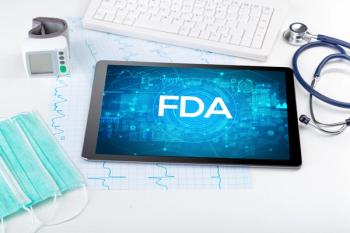
E-Prescribing Rate Continues to Rise
In 2011, more than a third of prescriptions were routed electronically, and more than half of office-based physicians were e-prescribing, a new report finds.
In 2011, more than a third of prescriptions were routed electronically, and more than half of office-based physicians were e-prescribing, a new report finds.
The portion of prescriptions filed electronically continues to increase at a rapid rate, according to a recently released report from Surescripts. By the end of 2011, 36% of all prescriptions were routed electronically, up from 22% at the end of 2010.
The report found that at the close of 2011, 58% of office-based physicians were filing at least some of their prescriptions electronically, up from 36% at the end of 2010. Among specialty groups, e-prescribing rates in 2011 were highest among internists (81%, up from 45% in 2010), cardiologists (76%, up from 49% in 2010), and family practitioners (75%, up from 47% in 2010). In all, the number of e-prescriptions grew from 326 million in 2010 to 570 million in 2011, a 75% increase.
“Beyond the significant gains in adoption, our research indicates that the longer physicians e-prescribe—the more they e-prescribe,” said Harry Totonis, president and CEO of Surescripts, in a
The report also included results of a study of the effect of e-prescribing on medication adherence based on an analysis of 40 million prescription records. It showed that 76.5% of initial prescriptions from physicians who have adopted e-prescribing are picked up by patients, compared with 69.5% of initial prescriptions from physicians who have not adopted it, an increase that has the potential to lead to billions of dollars in health care savings. According to the report, 91% of community pharmacies and 79% of independent pharmacies were connected for e-prescription routing in 2011, up from 76% and 46%, respectively, in 2008.
In theory, e-prescribing has the potential to bring benefits to pharmacists, physicians, and patients alike. Pharmacists no longer have to
To download a pdf of the report, click
Other coverage of e-prescribing:
Newsletter
Stay informed on drug updates, treatment guidelines, and pharmacy practice trends—subscribe to Pharmacy Times for weekly clinical insights.




















































































































































































































